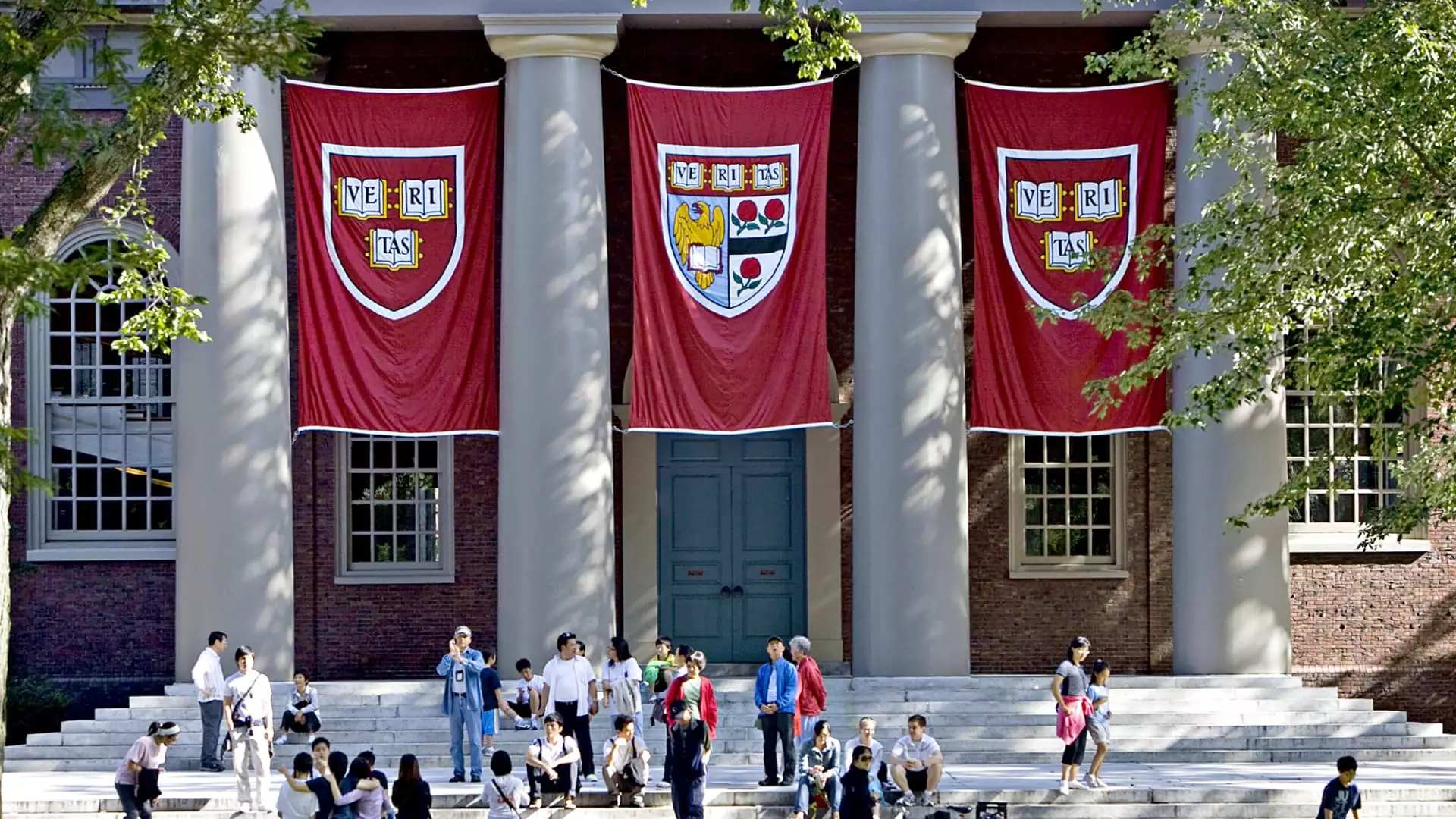In a bold move that has sent ripples across the landscape of academic institutions, Harvard University announced that starting from the 2025-26 academic year, tuition will be entirely free for undergraduates hailing from households with incomes of $200,000 or less. This initiative signifies more than just a progressive policy shift; it represents a much-needed paradigm shift in how elite colleges perceive their role in fostering accessibility in higher education. While critics hasten to remind us of the historical elitism embedded in these institutions, moves like Harvard’s reflect a shrinking distance from that elitism by leaning into a more inclusive approach to student admissions and financial support.
Joining the Conversation: A Trend Among Ivy League and Beyond
Harvard’s initiative is not an isolated incident. It joins the ranks of renowned institutions including the University of Pennsylvania and the Massachusetts Institute of Technology (MIT), which have also made notable strides by offering comprehensive financial aid packages that aim to eliminate tuition for families earning under similar thresholds. This wave of reform is essential, especially given the astronomical rise in tuition costs—Harvard’s undergraduate tuition surpassed $56,000 this year, with total attendance costs resting around $83,000. With such staggering figures, it is no surprise that prospective students are voraciously concerned about the potential for crippling debt that would accompany their college journeys.
Indeed, we find ourselves at a crucial juncture in the ongoing dialogue about educational affordability, particularly in elite circles. While Harvard’s latest offering is critical in addressing affordability issues, it’s essential to scrutinize whether these institutions will fully commit to dismantling the barriers that make education inaccessible for lower- and middle-income families. As Hafeez Lakhani, founder of Lakhani Coaching, astutely pointed out, Harvard’s announcement was long overdue compared to its Ivy competitors.
Financial Aid and Other Costs: The Realities of Student Debt
While the elimination of tuition fees is a commendable stride towards equity, prospective students must still confront numerous financial pitfalls. While their tuition may be alleviated, students remain financially responsible for other expenditures like housing, food, textbooks, and incidentals that contribute to the overall cost of attendance. Even with some fringe support, such as Harvard covering basic living needs for those under specific income thresholds, attending college still requires substantial financial planning and support networks.
It is imperative that higher education discussions encapsulate the full picture of attending university, recognizing that significant costs persist even after tuition elimination. Thus, colleges must not only enhance financial aid packages but also actively educate families about navigating financial strategies beyond just tuition relief.
The Role of Socioeconomic Diversity
Harvard’s reform speaks volumes in its attempt to promote socioeconomic diversity on campus. A more diverse student body fosters varied perspectives, enriching the overall academic experience. Bravo to Harvard and other institutions making such commitments! However, it remains to be seen whether these policies will effectively translate into sustained and actionable outcomes—both in terms of student success rates and long-term career trajectories for graduates from low-income backgrounds.
Tackling systemic issues in college affordability is tantamount to dismantling ingrained socio-economic barriers and cultivated elitism that has long plagued higher education. As more colleges join the affordability arms race, the pressure will mount for others to follow suit or risk falling behind in the cutthroat competition for top talent.
Collegiate Accountability: The Continuity of Commitment
As colleges begin exploring ways to decrease educational debt, there lies a responsibility to assure that these are not just performative gestures aimed at public relations. The principle of commitment must extend beyond merely eliminating tuition: it calls for building frameworks that support holistic student welfare and success. Perhaps it’s time to leverage university endowments more generously by prioritizing affordability not just as a fleeting slogan but as a guiding ethos for the future.
Several institutions have had discussions around “no-loan” policies, moving to eliminate the reliance on student loans altogether. If deeper scrutiny unveils that financial aid systems can transcend traditional academic hierarchies, the broader educational landscape could reshape into one that champions equity, growth, and engagement. This will ultimately lead to a more massive cultural transformation, one where education is not just a privilege for the affluent but a right for every aspiring student, irrespective of economic background.

